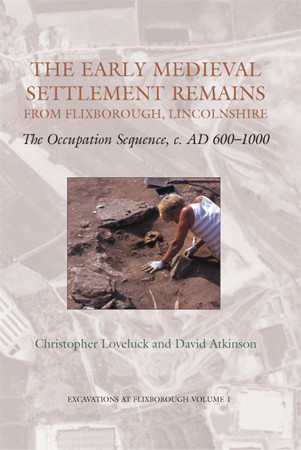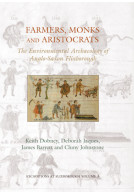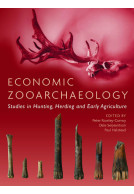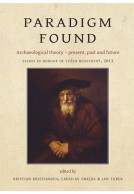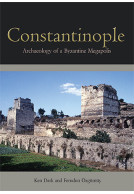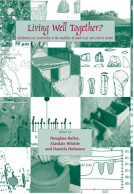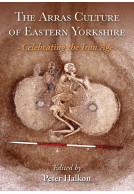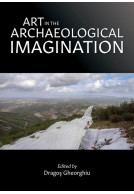Google Books previews are unavailable because you have chosen to turn off third party cookies for enhanced content. Visit our cookies page to review your cookie settings.
The Early Medieval Settlement Remains from Flixborough, Lincolnshire (Hardback)
The Occupation Sequence, c. AD 600-1000
Imprint: Oxbow Books
Series: Excavations at Flixborough
Pages: 208
Illustrations: 150 b/w illus, 16p col plates
ISBN: 9781842172551
Published: 12th November 2007
Script Academic & Professional
Series: Excavations at Flixborough
Pages: 208
Illustrations: 150 b/w illus, 16p col plates
ISBN: 9781842172551
Published: 12th November 2007
Script Academic & Professional
You'll be £30.00 closer to your next £10.00 credit when you purchase The Early Medieval Settlement Remains from Flixborough, Lincolnshire. What's this?
+£4.99 UK Delivery or free UK delivery if order is over £40
(click here for international delivery rates)
Need a currency converter? Check XE.com for live rates
(click here for international delivery rates)
Need a currency converter? Check XE.com for live rates
Between 1989 and 1991, excavations in the parish of Flixborough, North Lincolnshire, unearthed remains of an Anglo-Saxon settlement associated with one of the largest collections of artefacts and animal bones yet found on such a site. In an unprecedented occupation sequence from an Anglo-Saxon rural settlement, six main periods of occupation have been identified, dating from the seventh to the early eleventh centuries; with a further period of activity, between the twelfth and fifteenth centuries AD. The remains of approximately forty buildings and other structures were uncovered; and due to the survival of large refuse deposits, huge quantities of artefacts and faunal remains were encountered compared with most other rural settlements of the period. The quality of the overall archaeological data contained within the settlement sequence is important for both the examination of site-specific issues, and for the investigation of wider research themes and problems, facing settlement studies in England, between AD 600 and 1050. Volume 1 focuses on the occupation sequence, looking at the structural and stratigraphical evidence from the site, and interpreting the changing use of the site during its lengthy occupation. This interpretation of the occupation sequence forms the basis for all thematic discussions in Volumes 3 and 4. It also examines the evidence for burials at the site, and places this into the wider context of sepulchral practices in mid and late Saxon England. Finally there is discussion of the osteological remains themselves, giving hints of the demographic spectrum of the inhabitants, their lifestyles and ailments.
Other titles in the series...
Other titles in Oxbow Books...







